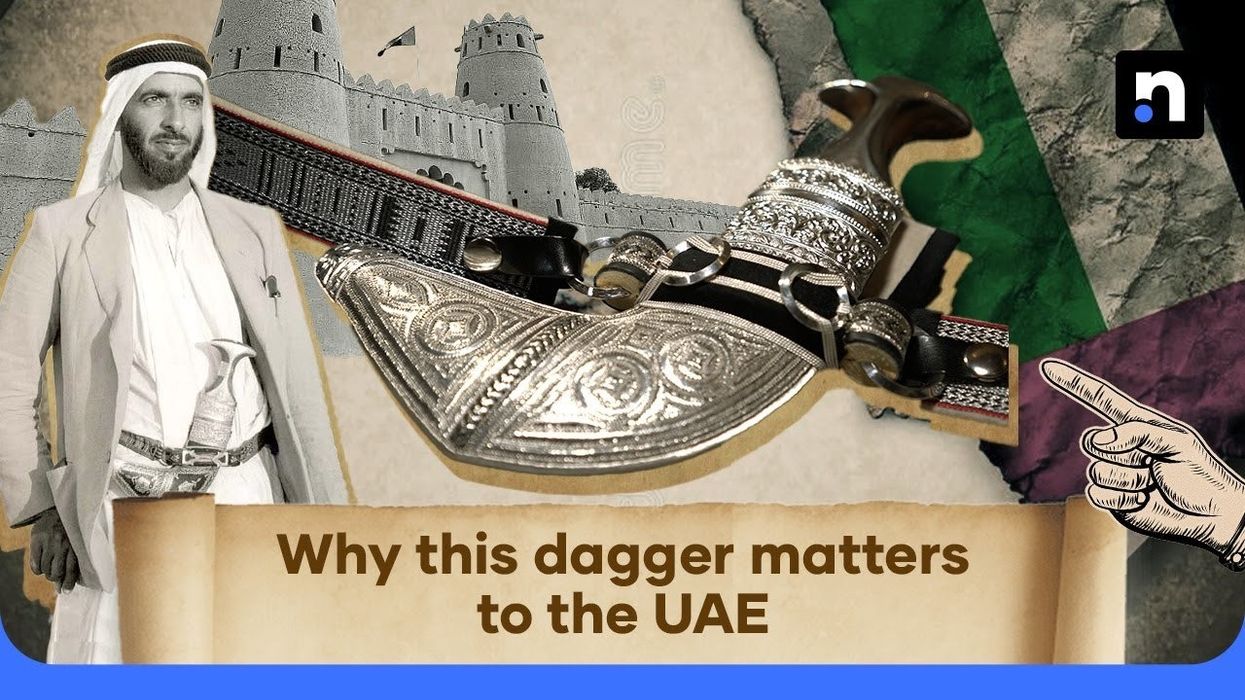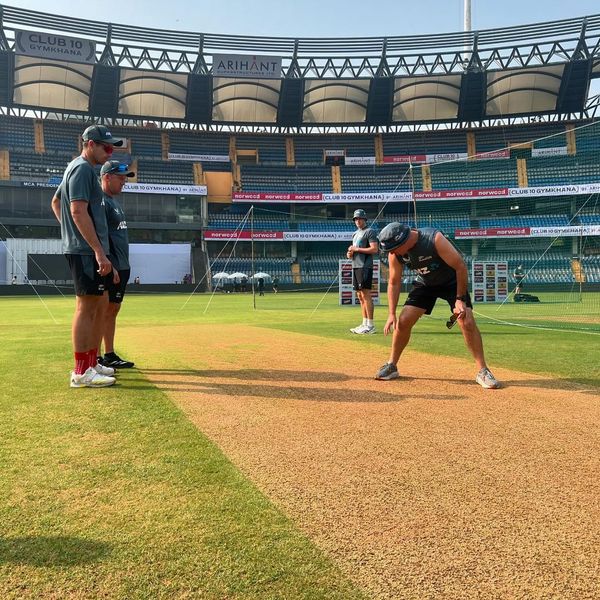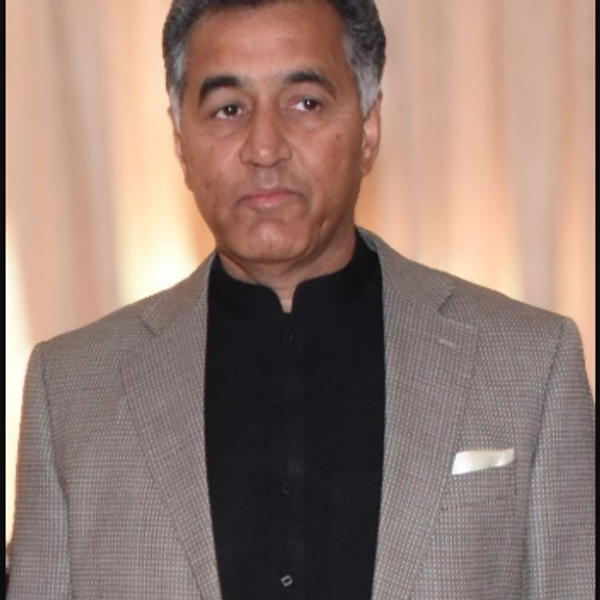Blades of honor: Understanding the Emirati khanjar
Both decorative and practical, this distinctive blade linked generations and remains a symbol of Emirati unity, strength and respect.
Tamanna Sajeed
Producer, Dubai Desk
Tamanna Sajeed is a Dubai-based journalist who is passionate about local culture and international affairs. She is a multimedia journalist with a special interest in inter-disciplinary feature reporting.
“Khanjar is part of our life,” said Ahmad Al Jafflah. “Every man will have a khanjar. Every man will take care of that khanjar.”
A senior cultural presenter at the Sheikh Mohammed Bin Rashid Centre for Cultural Understanding, Al Jafflah views the khanjar as a symbol of strength, respect and unity. Generations of Emirati men in his family have worn the distinctive J-shaped dagger as a symbol of honor and toughness.
"In the old days, my grandfather, my father wore the khanjar,” he said. “Men would not leave home without wearing it."
A deeply entrenched part of Emirati identity, carrying a khanjar became a rite of passage for young boys. Getting their first khanjar at the age of seven symbolised their entry into manhood.
"His father would buy him a khanjar, and he would wear it," said Al Jafflah, illustrating how the tradition would link generations together.
Both decorative and practical, the distinctive double-edged dagger is worn with great respect, held in place by an embellished belt.
"It’s placed on the stomach, only men wear it, and it's always pulled out by the right hand and placed back by the right hand," said Al Jafflah.
To this day, the khanjar is a gift that is given to honor people of importance. Khanjars are commonly presented to visiting heads of state, foreign dignitaries and other people of note.
"When somebody gives you a khanjar, that person respects you," Al Jafflah noted. He reminisced about when a UAE minister presented him with a khanjar to honor him for his work at the SMCCU. Today it hangs in his home’s majlis, which is a traditional sitting room.
Though they remain an important cultural artefact, khanjars are no longer part of everyday attire for most Emiratis. The reason why is highly symbolic as well, honoring the words of UAE founding father Sheikh Zayed bin Sultan Al Nahyan.
“In the old days, as I said, they wore it to protect themselves,” said Al Jafflah. “Later on Sheikh Zayed said we don't have any enemies, therefore you don't need to wear the khanjar anymore. So we removed our khanjars.”











Comments
See what people are discussing